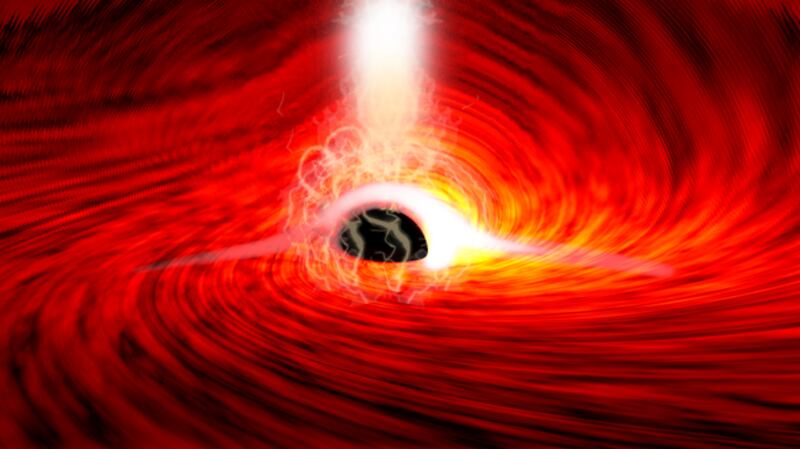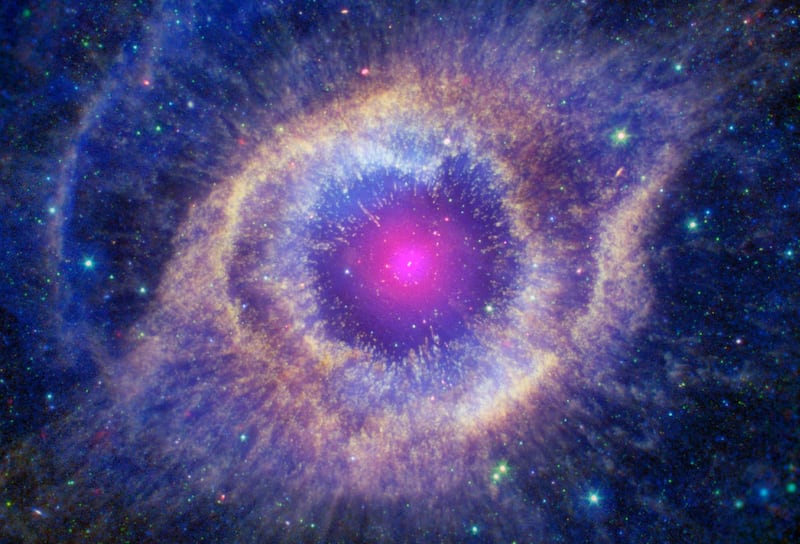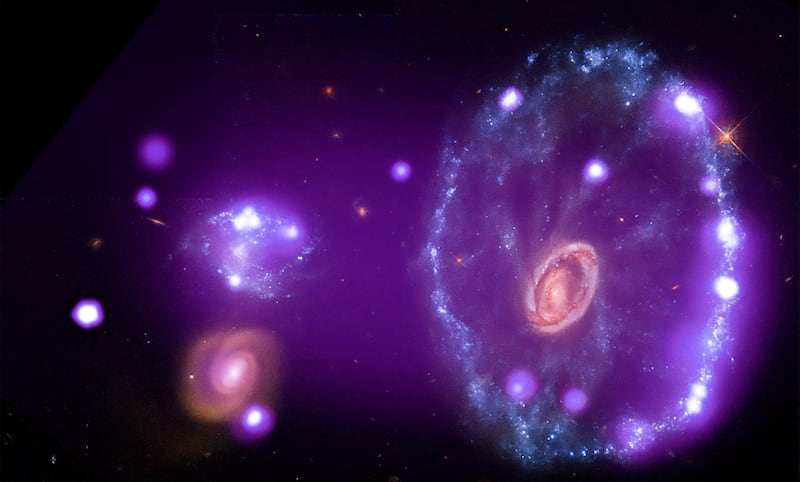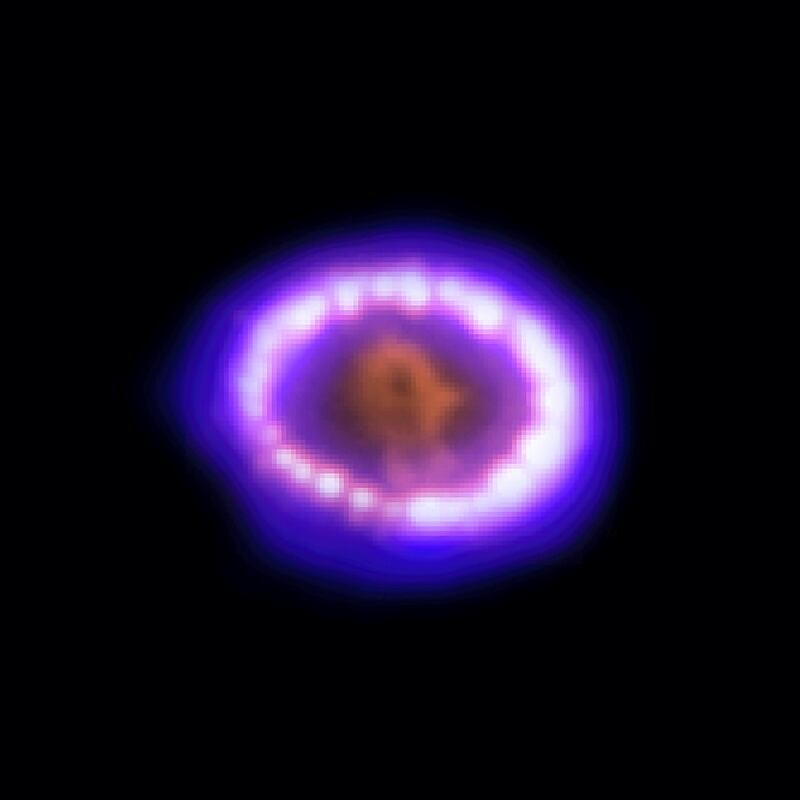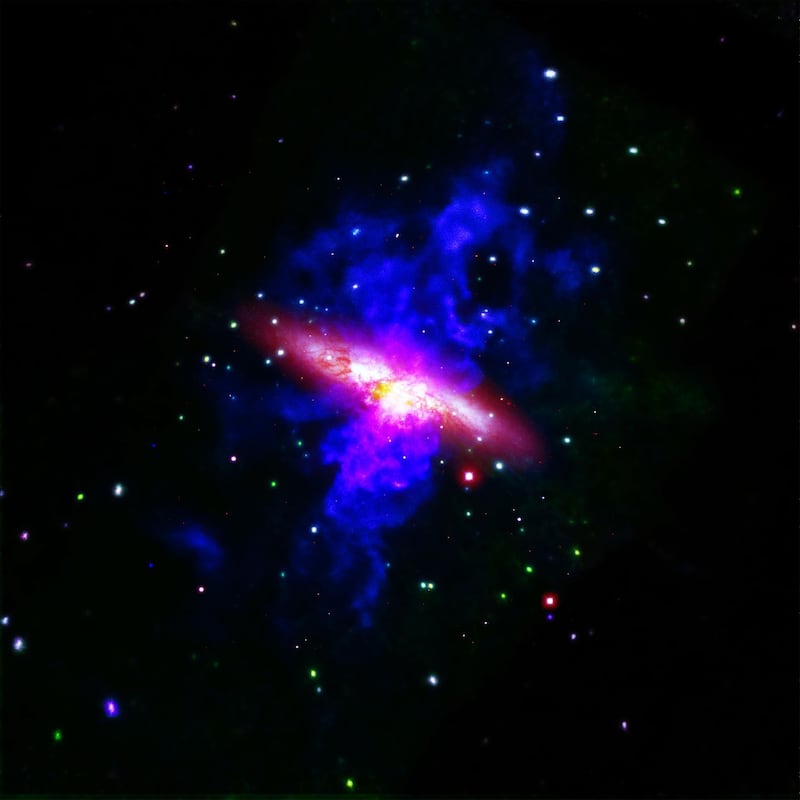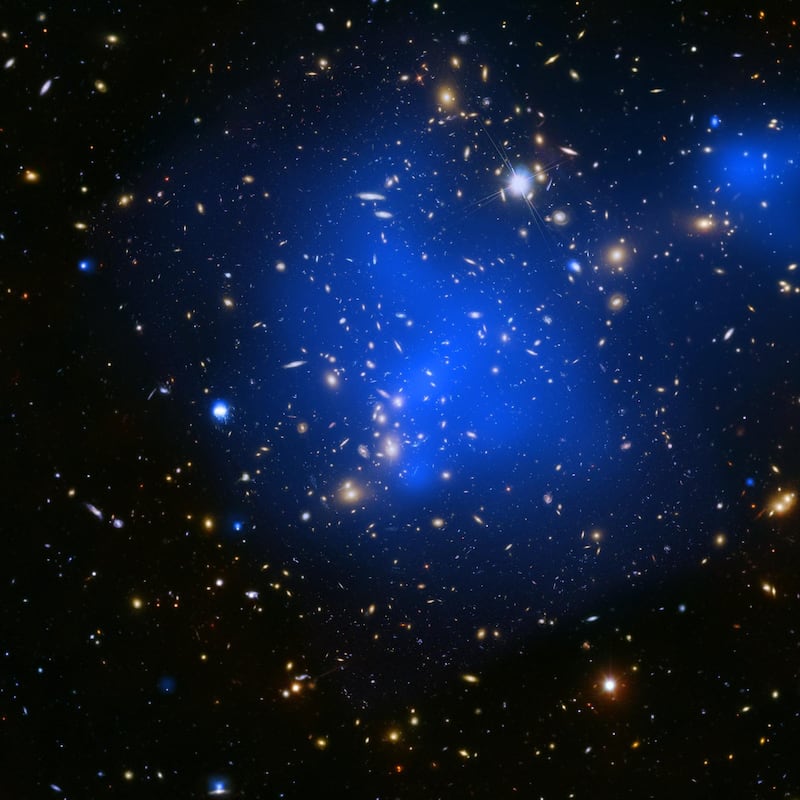Scientists have detected a flash of light behind a black hole, proving Albert Einstein correct once again.
The bright X-ray flares were observed around a supermassive black hole that is 10 million bigger than the sun and inhabits a galaxy 800 million light years from Earth.
Scientists previously considered it impossible to capture the phenomenon because black holes devour everything around them. The space object’s gravity is so strong that not even light can escape.
“Any light that goes into that black hole doesn’t come out, so we shouldn’t be able to see anything that’s behind the black hole,” Dan Wilkins, the lead scientist of the study at Stanford University said.
“It is another strange characteristic of the black hole, however, that makes this observation possible. The reason we can see that is because that black hole is warping space, bending light and twisting magnetic fields around itself.”
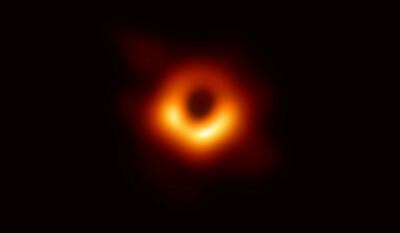
The findings, published on July 28 in the Nature journal, were made possible using Nasa’s NuStar and the European Space Agency’s XXM-Newton X-ray observatories.
The light was so bright that the X-rays reflected on to the disc of gas falling into the black hole. Light reflected on the gas behind the black hole was bent around it, causing smaller flashes to be visible through telescopes.
Scientists say the observations have confirmed part of Einstein's Theory of Relativity, which states that gravity bends light around black holes.
“Fifty years ago, when astrophysicists starting speculating about how the magnetic field might behave close to a black hole, they had no idea that one day we might have the techniques to observe this directly and see Einstein’s general theory of relativity in action,” Roger Blandford, co-author of the study said.
The aim of the research was to study the black hole’s mysterious corona, a hot, ionised plasma which is the source of the light.
Current theories state that the corona is a result of gas that falls towards the black hole, where it forms a spinning disc around it. The gas then heats up intensely, generating strong magnetic fields that become twisted into knots, producing high-energy electrons that release the X-ray light.
